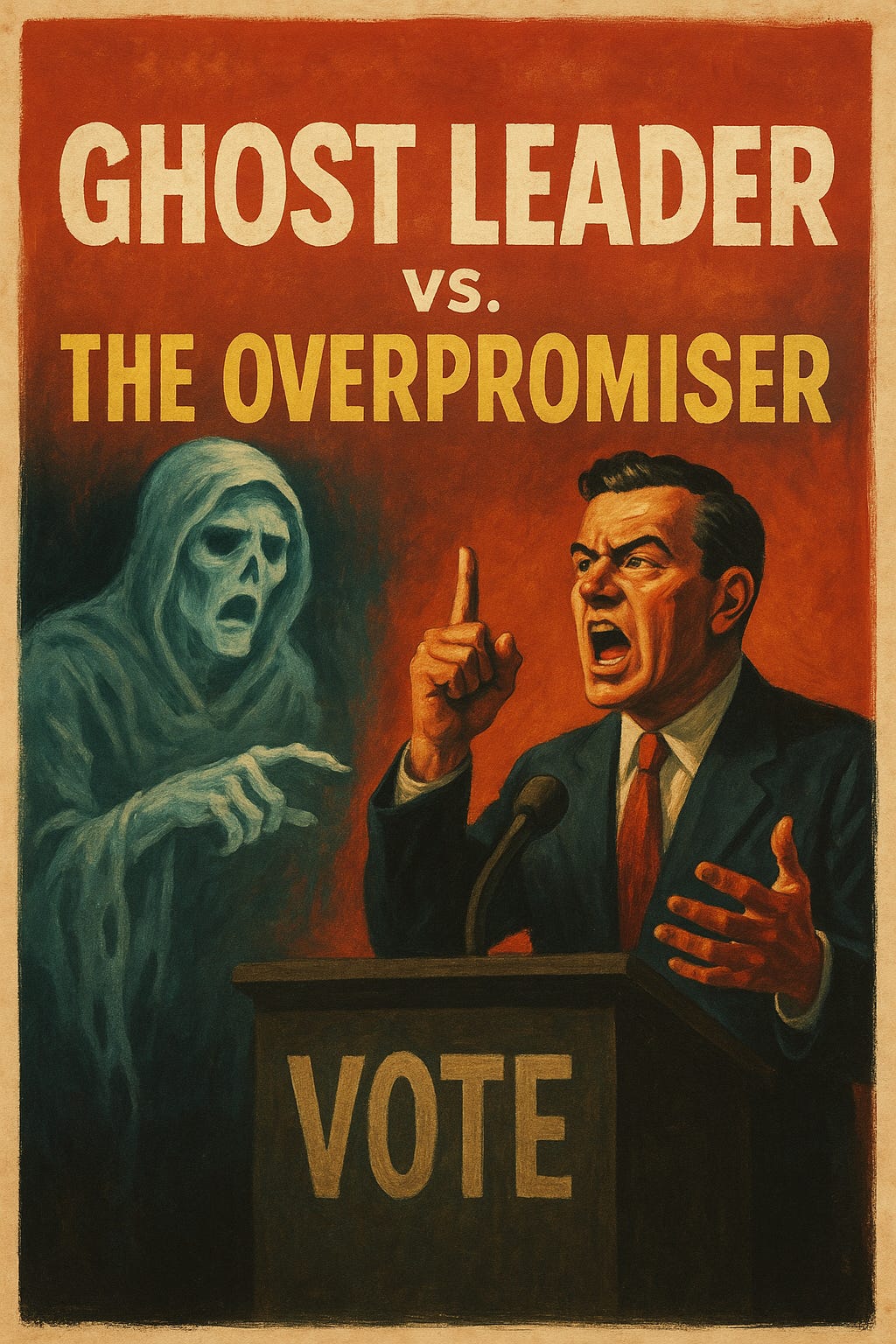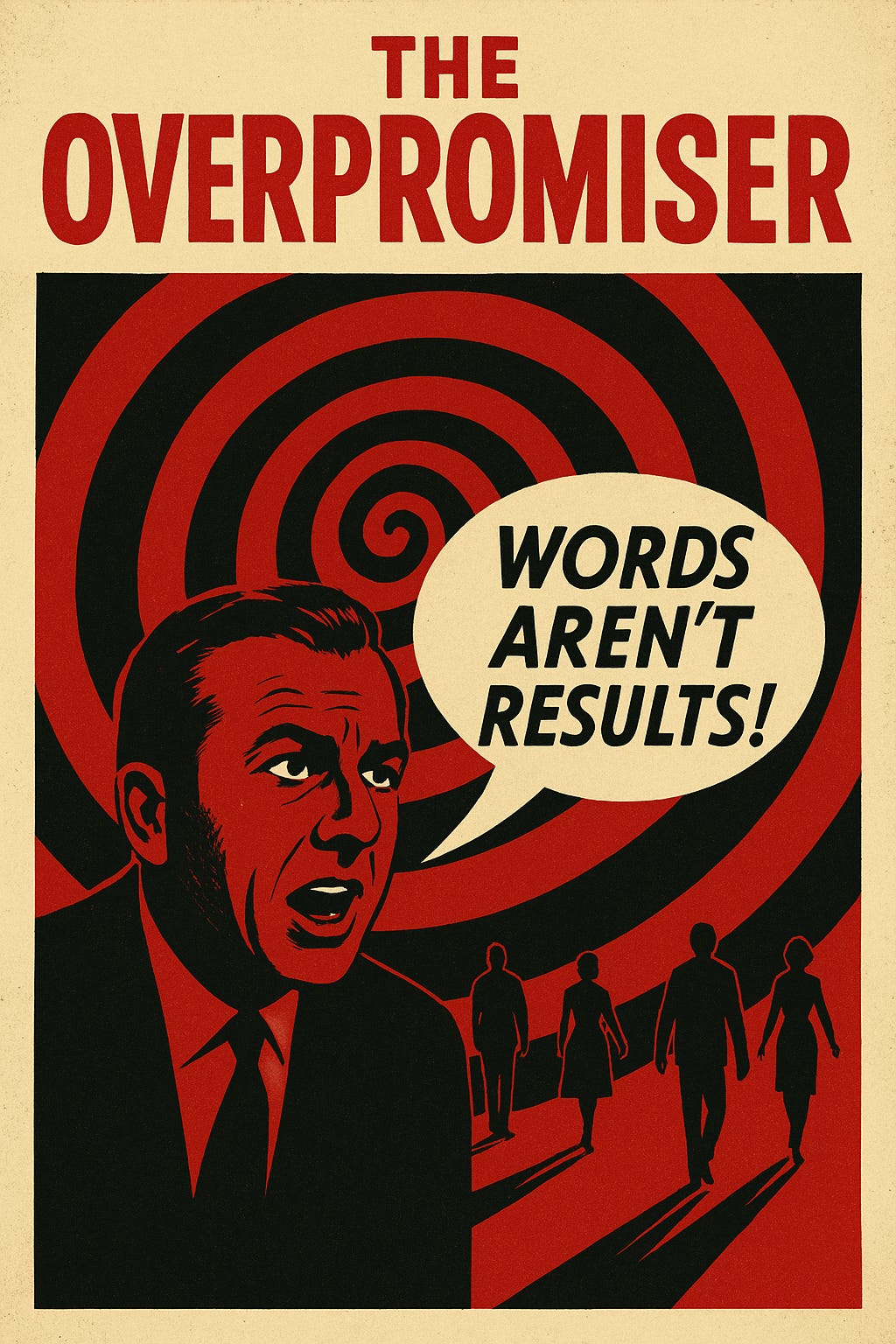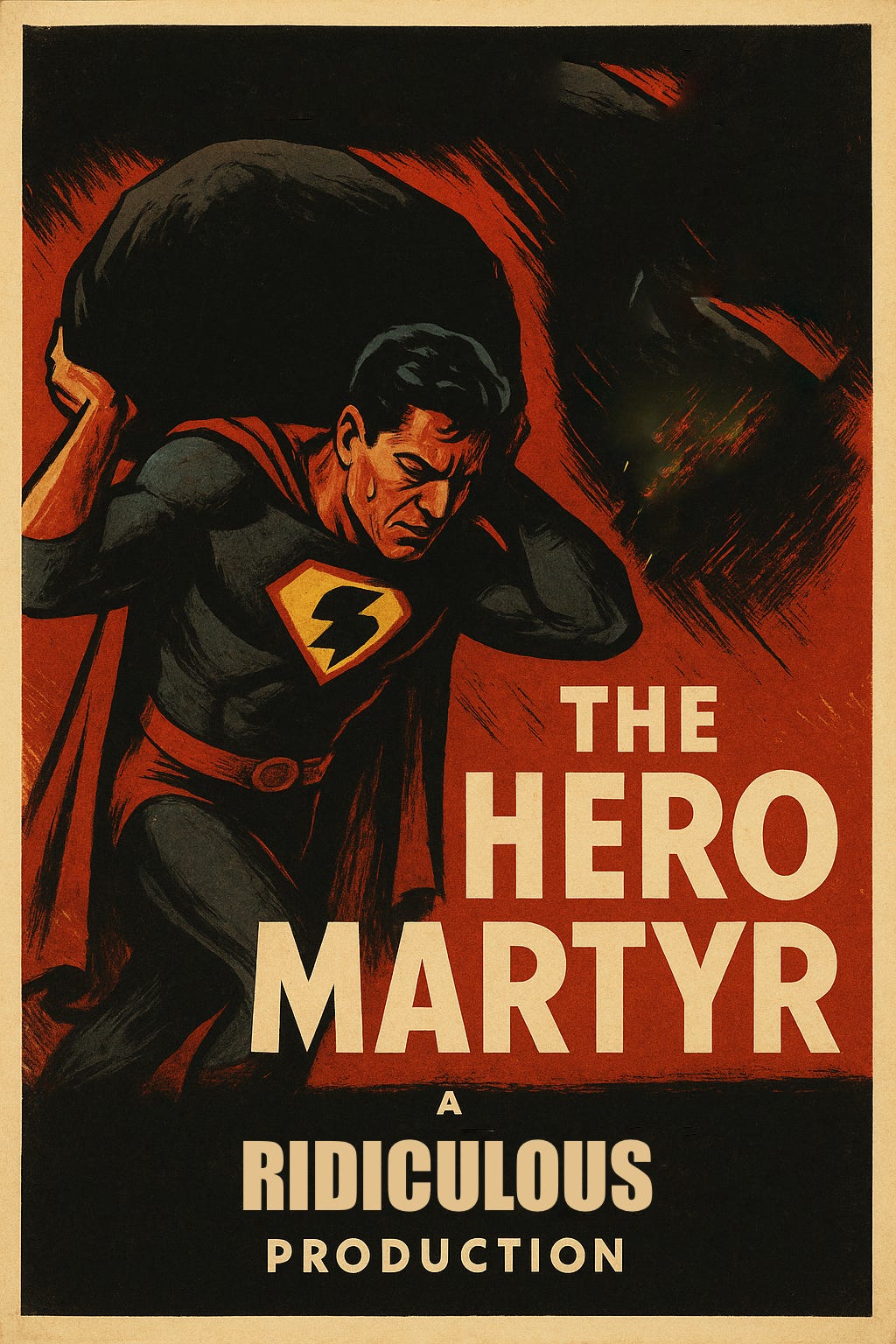Belief Bankruptcy ⚠️: The Final Stage Before Team Collapse
PreSales for CollaborateBetter.us (Volume 8)
Top of the Series: You Can’t Herd Cattle (or Teams) Alone
Previous: The Approval Death Spiral 💀: How Leaders Choke Momentum
Has Your Team Already Declared 💔 Trust Bankruptcy?
Cold Open / Hook
Bankruptcy doesn’t happen when the money’s gone. It happens when no one believes you’ll pay it back. Leadership works the same way.
The balance in your trust account isn’t measured in dashboards or KPIs—it’s measured in whether your team believes what you say, trusts where you’re taking them, and still feels you’re worth following.
And here’s the harsh truth: most leaders are overdrawing that account every single day.
You see it when cameras stay off in meetings. You hear it in the silence after you ask for ideas. You feel it when your best people stop arguing—not because they agree, but because they’ve given up.
Trust doesn’t vanish overnight. It erodes, one broken promise, one ignored suggestion, one overstuffed “priority list” at a time. By the time the collapse is visible, it’s already too late. You’re not leading anymore—you’re managing ghosts.
So the question is: if your title disappeared tomorrow, would anyone still follow you?
💰 The Setup: Trust as Currency
Trust is the only currency leadership can’t counterfeit. You can budget dollars, buy tools, or spin strategy decks, but none of it matters if your people don’t believe in you.
Every interaction is a transaction. When you listen, follow through, and admit mistakes—you’re making deposits. When you cancel one-on-ones, shift priorities without warning, or claim credit for your team’s work—you’re making withdrawals.
Most leaders don’t go bankrupt with one catastrophic event. They bleed out slowly, overdrawing their credibility until there’s nothing left.
The signs are there if you look:
Muted Meetings: no one bothers to argue or contribute anymore.
Minimum Effort Mode: work gets done, but without energy, creativity, or pride.
Polite Silence: people nod in agreement while privately planning their exit.
Trust IOUs: your promises carry no weight, because history says you won’t deliver.
Like money, trust compounds when invested wisely—and vanishes when squandered. Lose it, and every initiative, every decision, every rallying speech becomes background noise.
And when your trust account finally hits zero? The team doesn’t tell you. They just stop following.
⚠️ The Archetypes of Trust Bankruptcy
No leader sets out to bankrupt trust, but patterns repeat. When belief erodes, leaders often fall into one of four destructive archetypes:
1. The Overpromiser 💬
Every initiative is “transformational.” Every deadline is “doable.” Until the missed launches pile up and the team stops listening. When words and outcomes don’t match, promises become noise.
2. The Ghost Leader 👻
Present in the good times, vanished in the crisis. They hide behind dashboards, delegate only the blame, and disappear when the team most needs direction. Ghosts don’t lead—they haunt.
3. The Micromanager 🔒
Hovering, second-guessing, demanding sign-offs for every move. They think control builds clarity, but it only signals distrust. And when leaders don’t trust their people, their people don’t trust back.
4. The Hero Martyr 🦸
They carry everything on their own shoulders, believing sacrifice proves strength. Instead, it teaches the team one poisonous lesson: “You can’t be trusted with the load.” Martyrs don’t scale. They burn out—and take the team with them.
Each archetype looks different, but the outcome is the same: a leadership account in the red, and a team quietly pulling away.
💥 The Fallout: What Happens When Trust Collapses
When trust disappears, teams don’t just slow down—they unravel.
Momentum Dies. Projects crawl forward in a fog. People meet deadlines, but no one drives outcomes. The team is busy, but not moving.
Innovation Dies. No one risks new ideas when the safest bet is silence. Creativity starves, and your smartest people stop raising their hands.
Culture Dies. Cynicism spreads like wildfire. Once trust is gone, loyalty follows, and soon after that—your talent.
You’ve seen it:
The “quiet quitters” who still clock in but check out emotionally.
The big re-org where leaders promise transformation but deliver chaos.
The startup that scales fast, then implodes because employees stop believing the story.
History offers the same warning signs. Tsar Nicholas II ruled over centuries of Romanov power, yet his refusal to share authority or heed warnings drained the last reserves of public trust. When revolution came, his title meant nothing. A crown without credibility is just metal.
The same is true in the workplace. Once your team stops believing, your title is just a line in the org chart. Your authority is hollow.
Trust bankruptcy doesn’t send a memo. It doesn’t announce itself in a meeting. It creeps in quietly—and by the time you notice, collapse is already underway.

🛠 The Escape Route: How to Rebuild Before It’s Too Late
Trust bankruptcy isn’t permanent—but rebuilding requires discipline. It’s not a speech, a re-org, or a shiny new tool. It’s daily deposits that prove to your team: you’re worth believing again.
1. Say Less, Deliver More ✅
Every promise is a contract. Keep fewer of them—and hit every one. Small wins compound faster than big declarations that fall flat.
2. Radical Clarity 🎯
Ambiguity is where trust dies. Be explicit: who owns what, what’s changing, and what won’t. Clarity is the fastest deposit you can make.
3. Admit What You Got Wrong 🙋♂️
A leader who never owns mistakes teaches their team to never take risks. Transparency is contagious. When you name your missteps, you give your people permission to grow.
4. Stewardship Over Saviorhood 🤝
Stop carrying it all. Build systems that distribute weight and authority. Trust multiplies when ownership is shared.
5. Prove It With Consistency 📆
Trust doesn’t return in a week. It builds when your team sees the same words matched with the same actions—again and again.
Trust isn’t rebuilt in a town hall—it’s rebuilt in the hallway, the inbox, the stand-up, the 1:1. It’s not what you declare; it’s what you repeat.
⏳ The Cliffhanger Close
When trust is gone, titles don’t matter, tools don’t matter, and strategy doesn’t matter.
Teams don’t just stumble—they walk away. And when they do, leaders are left wondering: was it the workload, the culture, or me?
The truth is simpler, harsher, and fixable.
This is the final chapter of collapse—unless you rewrite it.
📘 The Next Step
That’s why I wrote Collaborate Better: From Silos to Synergy — How to Build Unstoppable Teams.
It’s your playbook for rebuilding before trust bankruptcy forces your people to check out, burn out, or walk out.
✅ Reserve your copy today
✅ Choose from 8 exclusive presale bundles
✅ Start leading with trust deposits instead of withdrawals
👉 Visit CollaborateBetter.us







